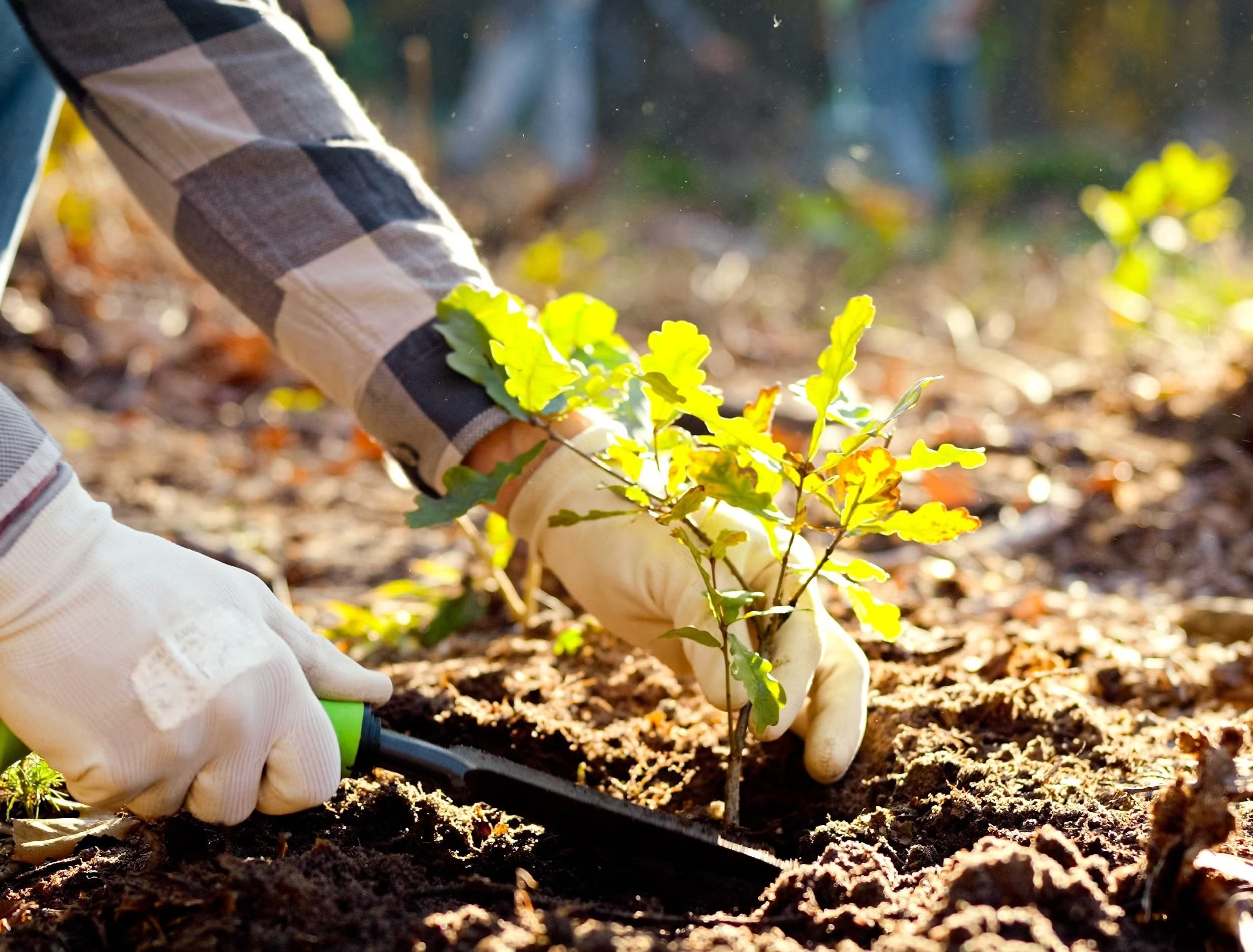Why Fall Is the Best Time to Plant Trees
When it comes to planting trees, timing matters as much as choosing the right species. While spring often gets all the attention, fall is actually one of the best seasons to plant new trees—especially in temperate climates.
In the fall, soil is still warm from summer, but the air has cooled. This balance creates ideal conditions for root development. Unlike in spring or summer, when trees need to divert energy into producing leaves and managing heat stress, fall-planted trees can dedicate most of their energy toward establishing strong root systems. With fewer demands on their resources, they root deeply and securely before winter dormancy sets in.
Planting in fall also benefits the ground itself. Cooler weather means less evaporation, so soil moisture remains steadier, reducing the need for constant watering. The decomposition of fallen leaves also feeds the soil with organic matter, helping new plantings integrate into a healthier ecosystem.
By the time spring arrives, these trees already have established roots, giving them a head start. Instead of struggling to anchor themselves, they can put energy into healthy leaf growth, flowering, or fruiting. In the long run, this leads to stronger, more resilient trees that are better equipped to withstand summer heat and periods of drought.
In permaculture, timing your plantings with the rhythms of the seasons isn’t just convenient—it’s a way of working with nature’s own cycles. Planting trees in the fall gives them the strongest possible foundation while enriching the land they grow in.
🌱 If you’ve been thinking about adding trees to your landscape, fall is the moment - let us help you start planting now and set your future food forest in motion. info@100milesnorth.com or fill out the contact form on our website.

